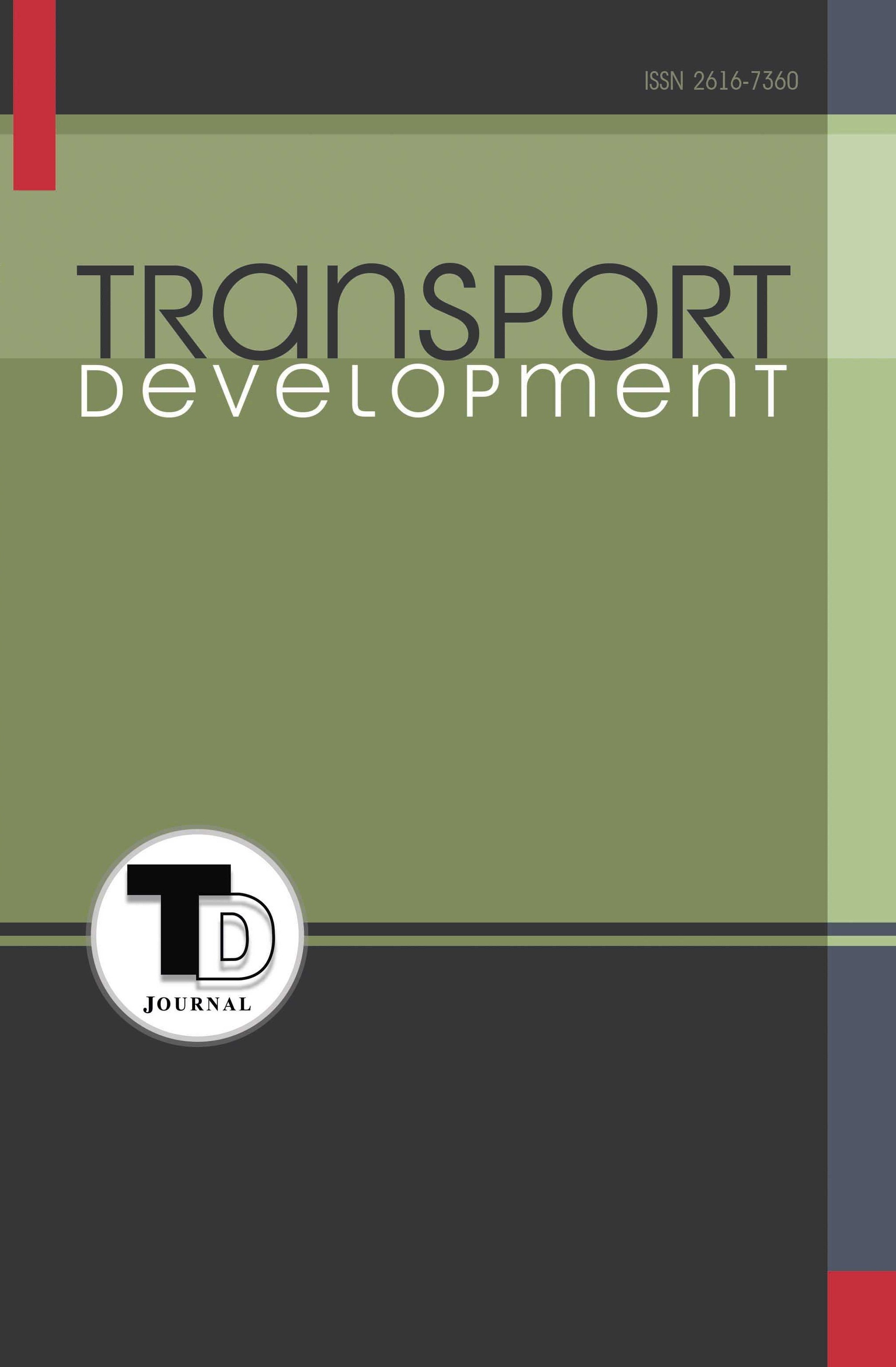APPROXIMATE ESTIMATION OF PROPULSION FOR HIGH-SPEED DISPLACEMENT VESSELS
Abstract
The classification of the main ship modes of the movement, from the point of view of international documents and the principles of the classical theory of ship design, is described in this article. A comparison is made of the requirements for the term “highspeed vessel”, from the point of view of the SOLAS convention, and the provisions of the design theory regarding the speed mode of the vessel. Various methods for classifying the types of vessel movement are described, using relative speed and depending on the type of forces applied to the hull of a high-speed vessel. For further research, a transitional mode of motion was chosen, namely the first half of the range of relative velocities from від Fr V = 1 to Fr V = 2 . A schematic description of the main components of the resistance of the environment to the movement of the ship is presented. An assumption is made about the quantitative composition of the types of water resistance for ships of the transitional mode of motion. When calculating the water resistance, the change in the area of the wetted surface of the vessel is taken into account when moving at a high relative speed. An analysis of various forms of ship hull contours for different speeds has been carried out. Based on the experience of shipbuilders, a drawing is proposed showing the effectiveness of using various forms of frames, depending on the relative speed. Using the method least squares, a formula was derived to estimate the residuary resistance of ships moving at a relative speed від Fr V = 1.The formula is based on a wealth of experience gained in various test tanks. A comparison of the test results of two yacht models with water resistance values obtained using several calculation schemes is proposed in this paper. The test results of the models of the two yachts were compared with the results of statistical calculations and with the results of calculations according to the scheme, using specific data from the experimental pool. The calculation of the power of the main engines of high-speed vessels was carried out, followed by a comparison of the calculated and real values. As an example, the calculation of the power of the main engines for several high-speed ferries was carried out.
Downloads
References
2. Germanischer Lloyd. Rules for Classification and Construction. High Speed Craft. Hamburg. Germanischer Lloyd SE. 2012.
3. Registro Italiano Navale. Rules for the Classification of High-Speed Craft. Genova. RINA. 2015.
4. Levi B.Z. Passenger ships of coastal navigation. Shipbuilding. 1975.
5. Alivagabov M.M. and others. Reference book on small shipbuilding. Shipbuilding. 1988.
6. Kanifolskyi O.O. EEDI (energy efficiency design index) for small ships of the transitional mode. Trans RINA. Vol 156. Part B1. Intl J Small Craft Tech. 2014. P. 39-41.
7. Tsarev B.A. Optimal design of high-speed vessels. LSI. 1988.
8. Zhinkin V.B. Propulsion of the fast ships. LSI. 1980.
9. Valerio Ruggiero, Oleksandr Kanifolskyi. “One digit” Estimation of navigation area parameters for a monohull fast ferry”. NAV 2022 Technology and science for the ships of future – 20th edition. 15-17 giugno 2022. Genova.
10. Oleksandr Kanifolskyi, Valerio Ruggiero. Four points of view on the designation of the navigation area for yachts. JMSE Journal of marine Science and Engineering. 2022. 10(6). https://doi.org/10.3390/jmse10060801





